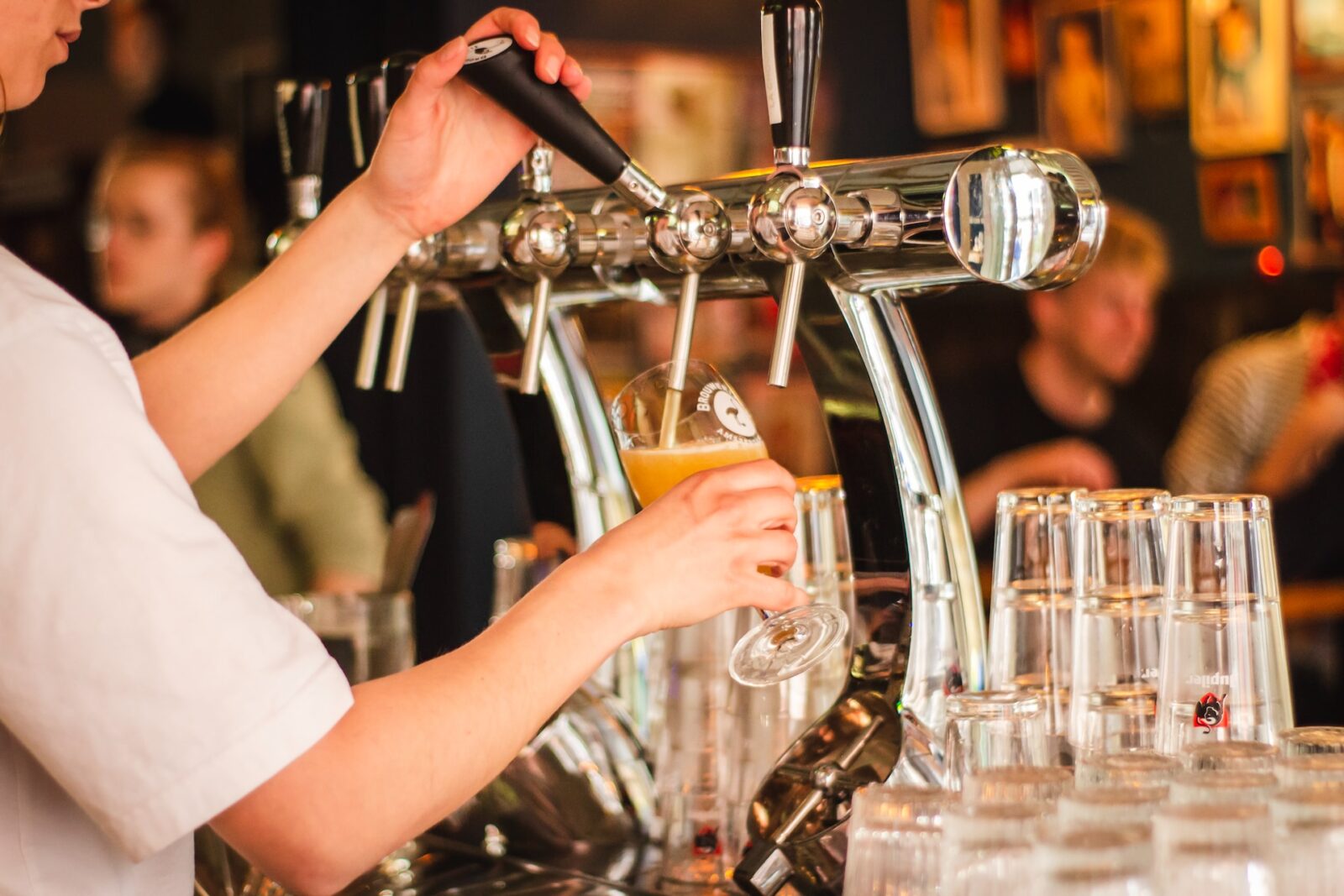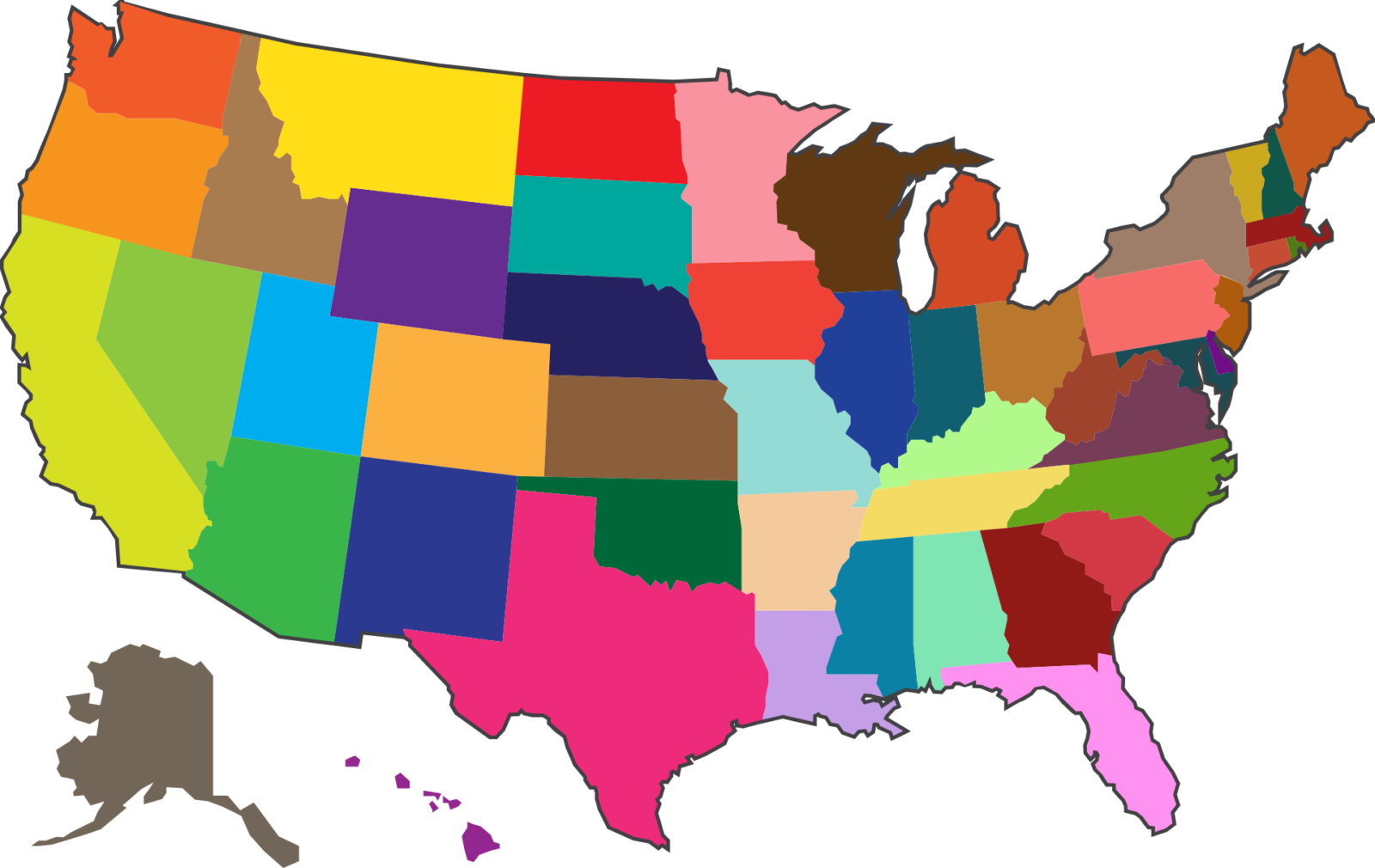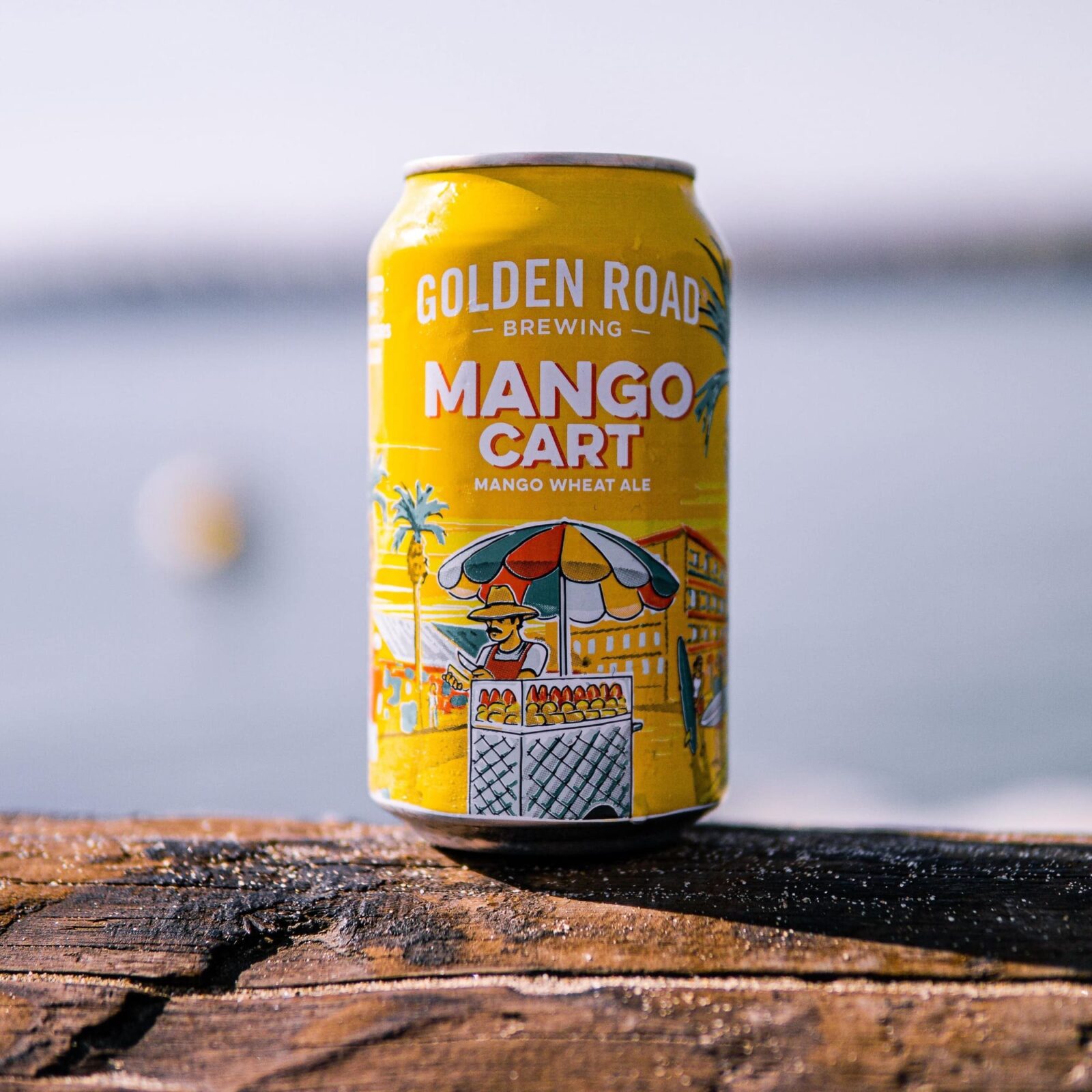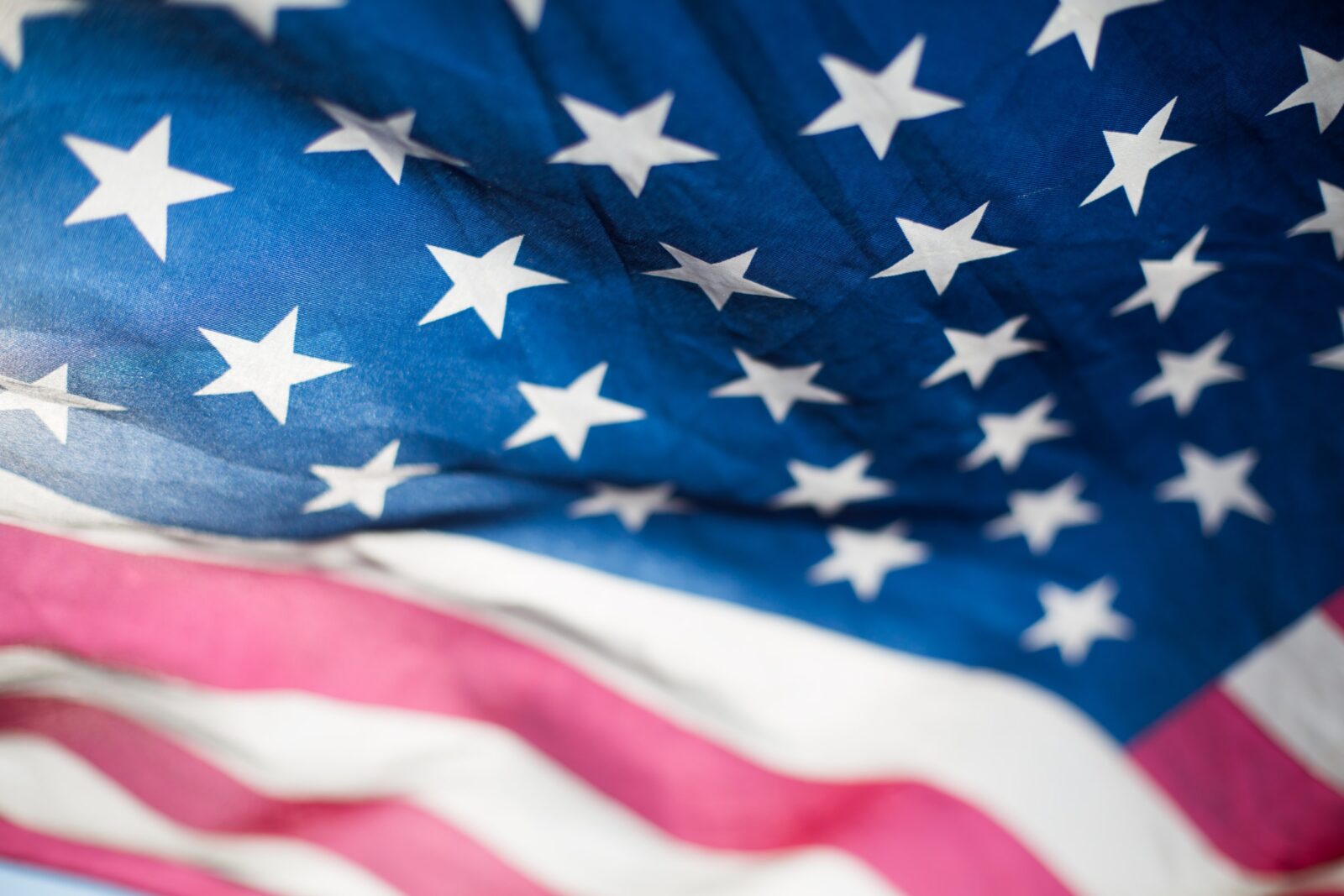Craft breweries have witnessed a remarkable surge in popularity over the past few decades, with consumers increasingly seeking unique, flavorful, and locally-produced beverages. As these breweries strive to stand out in a competitive market, they rely on a network of suppliers to provide the necessary ingredients, equipment, and services that are crucial for their success. From malt and hops to packaging materials and marketing services, here is a comprehensive list of suppliers that a craft brewery needs to flourish in today’s dynamic industry…
A recent article from The Guardian explores the intricate landscape of the craft beer industry in the UK, highlighting both its boom and the challenges it faces in the wake of Brexit. The craft beer movement has flourished in the UK over the years, with numerous innovative and diverse breweries contributing to its growth. However, the country’s exit from the EU has presented hurdles for these businesses, from supply chain disruptions and increased costs to regulatory changes affecting exports to the EU…
In the ever-evolving landscape of the brewing industry, supply chain companies are constantly seeking ways to stay ahead of the curve and connect with potential clients. One common strategy that has been utilized for decades is participation in industry events – trade shows, exhibitions, and conferences that promise to facilitate networking, knowledge sharing, and business growth. However…
The National Beer Wholesalers Association (NBWA) recently released the Beer Purchasers’ Index (BPI) for December 2021. This December’s total index reading of 71 is the highest ever recorded for a December survey. Continued supply chain challenges combined with planned/expected price increases in 2022 are driving higher index readings as distributors and retailers seek to build their inventories heading into the new year.
The current state of affairs for shipping beer direct to consumers (DTC) is not that great. Breweries in the United States can only ship to nine states plus the District of Columbia, which equates to only 17% of the U.S. population. For comparison, U.S. wineries can ship to 47 states and 97% of the U.S. population. Beer DTC is still in a state of infancy, but the good news for breweries is there’s a tremendous amount of untapped opportunity.
The modification and improvement in the taste of craft beer will foster healthy growth of the market, according to a new report. The global craft beer market size stood at US$89.25 billion in 2019 & is projected to reach US$190.66 billion by the end of 2027, at a CAGR of 10.4% in the forecast period, according to data from Fortune Business Insights.
The American brewing industry continues to roll with the punches brought on by the coronavirus pandemic. Supply chain issues are impacting everything from ingredients to packaging, and staffing remains a concern for some. But the beer business is plucky and has continued to innovate, create and inspire. The turning of the calendar into a new year means new challenges, but also new opportunities.
The Brewers Association just issued a seasonal communiqué which looks back at the year that will soon be in the rear-view mirror. And although things are rebounding the year had its share of challenges.
America’s beer industry supports more than two million jobs, provides more than $102 billion in wages and benefits, and contributes more than $331 billion to the U.S. economy. Today our nation’s brewers, beer importers and independent beer distributors not only provide Americans with their favorite alcoholic beverage, but they continue to be a cornerstone to America’s economy. The Beer Serves America report is a comprehensive study of the number of American jobs the beer industry supports, from farmers and brewers and beer importers to beer distributors and servers at your favorite bars and restaurants.








